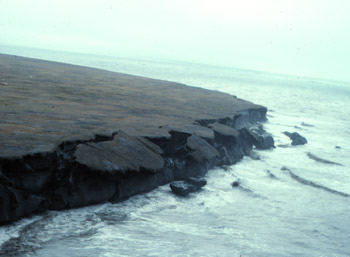Blocks of frozen ground, known as permafrost, break off into the ocean as the ground thaws along coast of Canada
Natural Resources Canada, Earth Sciences Sector
The Warming Arctic
In the north polar region, the climate has warmed rapidly during the past few decades. Average temperatures in the Arctic are rising twice as fast as they are elsewhere in the world. In Alaska (USA) temperatures have increased on average 3.0°C (5.4°F) between 1970 and 2000.
The Arctic is showing some of the most dramatic effects of global warming. Glaciers, including parts of Greenland’s massive ice sheet, are melting rapidly. Sea ice covers less of the Arctic Ocean each summer. Snow blankets some areas for less of the year. Thawing permafrost releases methane, a greenhouse gas, into the atmosphere. It is also causing damage to buildings and roads. Along the coast, thawing permafrost is causing erosion, like in the picture at the left.
The numbers and species of plants and animals are also changing. Some species are moving further north to be where it is cooler. For example, there are more shrubs growing in the tundra of Alaska and trees are able to grow further north. Other species have experienced population booms or declines. There used to be 24,000 Peary caribou in northern Canada in 1961. But 1997 there were only about 1100 caribou. Many could not survive because were times when food was limited. Polar bear populations may be declining because melting sea ice limits their hunting opportunities. Meanwhile, in Alaska, spruce bark beetles are breeding faster than ever in the warmer climate. From 1993 to 2003 the oversized beetle population chewed up 3.4 million acres of forest trees.
Last modified March 4, 2008 by Lisa Gardiner.
You might also be interested in:
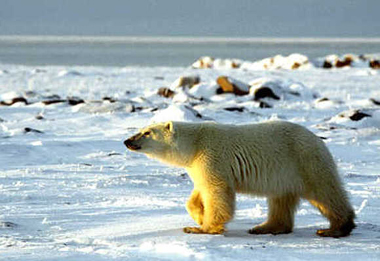
North of the Arctic Circle (at 66.5°N latitude) you will find the Arctic Ocean surrounded by the continents of Europe, Asia, and North America. You will find the geographic North Pole and the magnetic
...more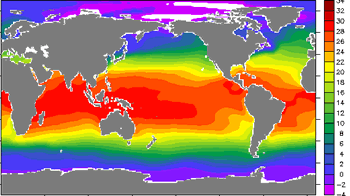
The climate where you live is called regional climate. It is the average weather in a place over more than thirty years. To describe the regional climate of a place, people often tell what the temperatures
...more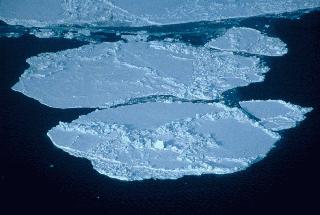
Sea ice is frozen seawater. It can be several meters thick and it moves over time. Although the salts in the seawater do not freeze, pockets of concentrated salty water become trapped in the sea ice when
...more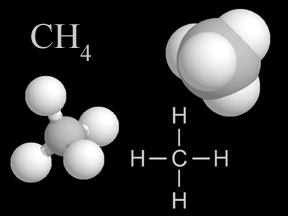
Methane is a kind of gas. There is a small amount of methane in the air you breathe. A methane molecule has carbon and hydrogen atoms in it. Methane is a greenhouse gas. That means it helps make Earth
...more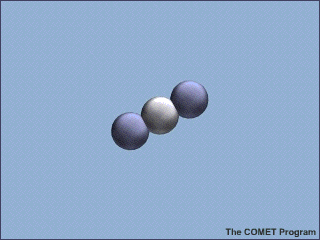
Even though only a tiny amount of the gases in Earth’s atmosphere are greenhouse gases, they have a huge effect on climate. There are several different types of greenhouse gases. The major ones are carbon
...more
The Arctic tundra, vast plains filled with grasses, flowers, mosses and lichen, is located north of the taiga forests in Earth’s north polar region. Like all types of tundra, this is a very cold and windy
...more
“Polar bears are one of nature’s ultimate survivors, able to live and thrive in one of the world’s harshest environments, but we are concerned the polar bears’ habitat may literally be melting” said US
...more
